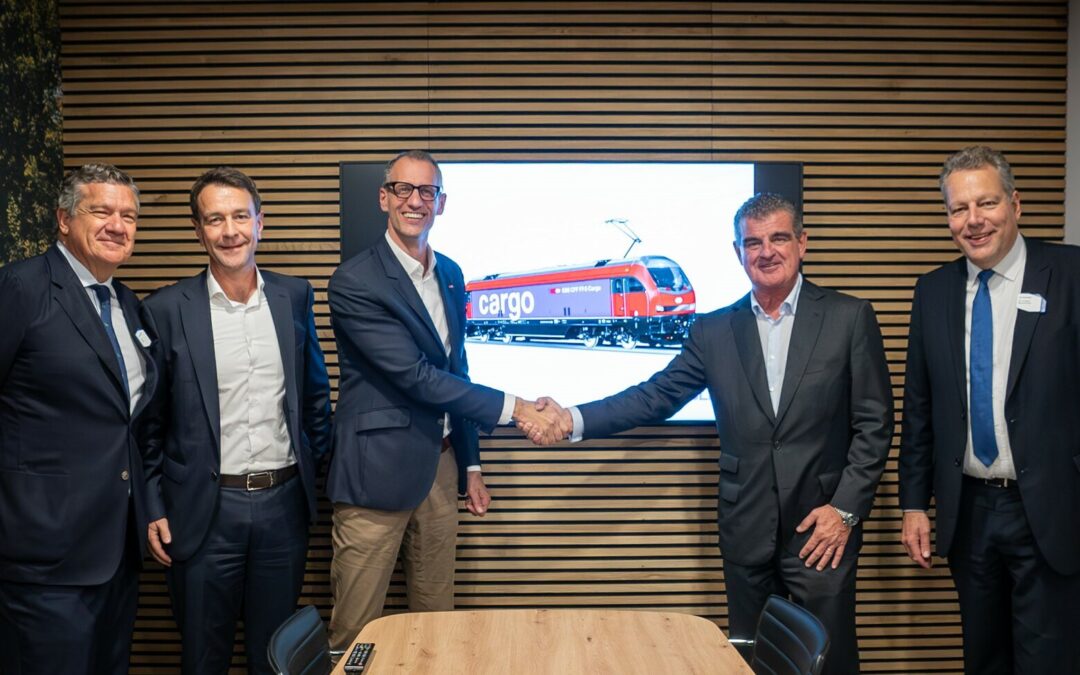SBB Cargo wants to renew its fleet with up to 129 modern mainline locomotives by 2035. At the same time, it is complaining about high fixed costs in single wagonload transport (EWLV), has increased its prices excessively over the last few months and reduced its range of services. This harbours the acute danger of a shift back to the road. We at the VAP are questioning the large order and demanding more transparency.
That’s the point:
- SBB Cargo is investing in the future of rail freight transport
- Price increases and service cuts are driving away rail freight customers
- VAP questions economic reasoning and demands transparency
SBB Cargo is investing in the future of rail freight transport
SBB Cargo wants to modernise its fleet and thus secure the future of rail freight transport. In a press release dated 26 September 2024, it announced the procurement of up to 129 new mainline locomotives. The new locomotives are to be delivered between 2027 and 2035 and will replace the outdated traction vehicles. SBB Cargo presents its decision as a necessity to make rail freight transport fit for the future, which is to be welcomed. The new locomotives are more efficient, more powerful and equipped with innovative technologies such as a battery drive for last-mile transport. In this way, SBB Cargo aims to reduce operating costs by 60% and contribute to the automation of freight transport.
Price increases and reduction in services drive away railway customers
We at the VAP are asking ourselves a key question: how does the large-scale procurement of 129 locomotives fit in with SBB Cargo’s current business development and practices? In recent months, SBB Cargo has confronted its rail freight customers with massive price increases and a reduction in services (see VAP blog article «Total revision of the GüTG: The mood in the industry threatens to tip». This market-distorting behaviour could result in a reduction in rail freight volumes and an increased shift to road transport. If this actually happens, such an extensive investment cannot be justified.
VAP questions economic reasoning and demands transparency
Unfortunately, SBB Cargo is keeping a low profile on the operational and financial effects of the major project. This is not exactly conducive to confidence in the state-owned freight transport subsidiary. After all, we are talking about investments in the three-digit million range, which must be borne by the rail freight customers under the premise of economic viability. We therefore consider it essential that SBB Cargo discloses its considerations. Furthermore, we suggest that it reconsider the number of locomotives and consider leasing or partially purchasing more locomotives as a supplement to the purchase.



